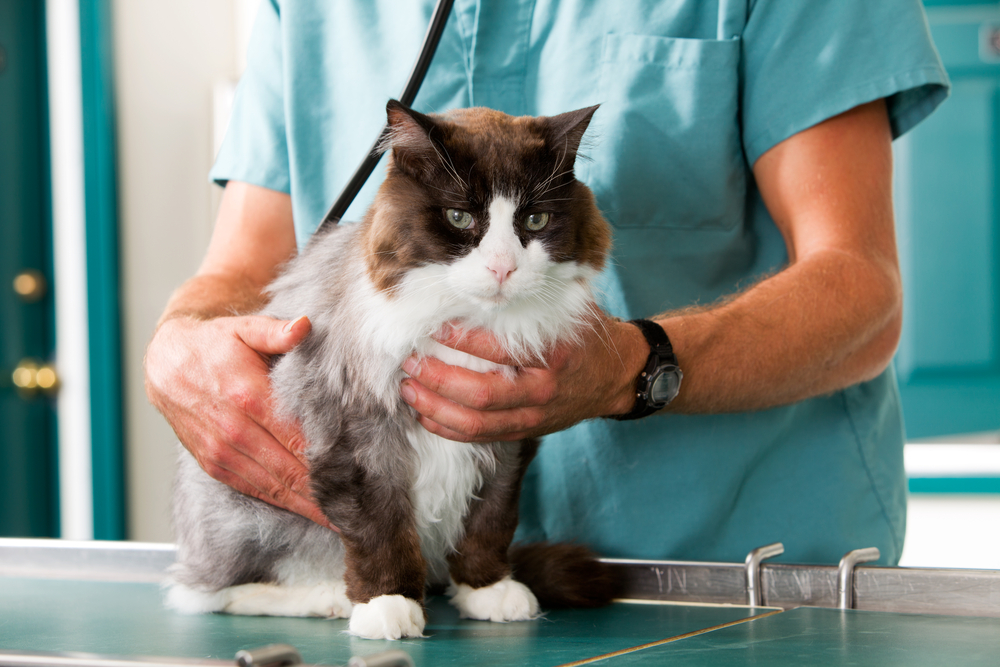
Bone marrow plays a pivotal role in the constant replenishment of important cells like red blood cells (RBCs), granulocytes (or white blood cells [WBCs]), and platelets. Once these cells reach the point of maturation they are released into the blood stream. According to one estimate, in various mammals about three million red blood cells are released in one second. This demonstrates the extensive amount of work done by the bone marrow in keeping the numbers of these cells within normal ranges in the body.
Aplastic anemia is a diseased condition resulting from the bone marrow's inability to replenish blood cells. Where aplastic refers to the dysfunction of an organ, and anemia refers to a lack of red blood cells. One of the causes for this disease involves replacement of normal bone marrow tissue by adipose (fat) tissue, thus minimizing the functional capacity of the bone marrow to produce cells. As a result, the numbers of RBCs, WBCs, and platelets are reduced to far below normal levels. RBCs are vital for carrying oxygen and in removing the waste carbon dioxide from body. WBCs help in fighting infections and foreign particles, whereas platelets are responsible for clotting the blood to prevent hemorrhage. All symptoms seen in aplastic anemia directly relate to functions of these cells. In most cases of aplastic anemia, all three types of cells are affected. If left untreated this condition will lead to death in severely affected cats.
All three types of cells affected in this disease have different roles to play in normal body functions, therefore, the symptoms will vary depending on the type of cells mostly affected and the severity of the problem. Following are some of the symptoms related to aplastic anemia.
There are a variety of causes for aplastic anemia, including infections, toxins, drugs, and chemicals which may cause aplastic anemia in cats. Following are some major causes of aplastic anemia in cats:
You will need to give a thorough history of your cat's health and onset of symptoms. Your veterinarian will perform a physical examination with full laboratory testing, including complete blood tests, biochemical profiles, and urinalysis. The results of these tests will provide valuable information for the preliminary diagnosis. The count of various cells will be determined; counts that are far below the normal ranges are considered a positive result. Your veterinarian will also evaluate your cat for the presence of any infectious diseases, but the most valuable test in the diagnosis of aplastic anemia is bone marrow sampling. In this test a small sample of bone marrow will be collected through aspiration or biopsy. The microscopic studies will reveal the important information related to the architecture of the bone marrow and any developmental problems of the various cells in the bone marrow.
Your veterinarian will start treating your cat immediately after a confirmatory diagnosis has been made. Your cat may need to be hospitalized for a few days to be monitored and treated. There are a number of problems to deal with when treating aplastic anemia; supportive therapy will be started to provide the required nutrition and energy to your cat. If required, whole blood transfusions may also be recommended for severely anemic patients. As this problem is mediated by the immune system, the primary treatment involves suppressing the immune system with drugs like cyclosporine A. Cyclosporine and other related agents suppress the bone marrow’s over-response. Drugs supporting the bone marrow functions are also recommended for these patients. Antibiotics are given to treat ongoing infections as well as for prevention of further infections.
During hospitalization, your veterinarian will monitor your cat's progress on a daily basis. Blood tests will be repeated to determine the current status of the problem. In some cats, bone marrow sampling may need to be repeated in order to see if the bone marrow is responding normally or not. Unfortunately, in aplastic anemia few patients survive despite extensive care and treatment. Young cats have a better chance of survival, but even if initial recovery is attained, it may take several weeks to months for complete recovery.
 Lack Of Digestive Enzymes in Cats
Exocrine Pancreatic Insufficiency (EPI) in Cats
E
Lack Of Digestive Enzymes in Cats
Exocrine Pancreatic Insufficiency (EPI) in Cats
E
 Liver Failure (Acute) in Cats
Acute Hepatic Failure in Cats
Hepatic failure, or
Liver Failure (Acute) in Cats
Acute Hepatic Failure in Cats
Hepatic failure, or
 Hip Dysplasia in Cats
Malformation and Degeneration of the Hip Joints in Cats
Hip Dysplasia in Cats
Malformation and Degeneration of the Hip Joints in Cats
 Wart Virus in Cats
Papillomatosis in Cats
The term papillomatosis is
Wart Virus in Cats
Papillomatosis in Cats
The term papillomatosis is
 FIV or Feline AIDS in Cats
Feline Immunodeficiency Virus Infection (F
FIV or Feline AIDS in Cats
Feline Immunodeficiency Virus Infection (F
Copyright © 2005-2016 Pet Information All Rights Reserved
Contact us: www162date@outlook.com